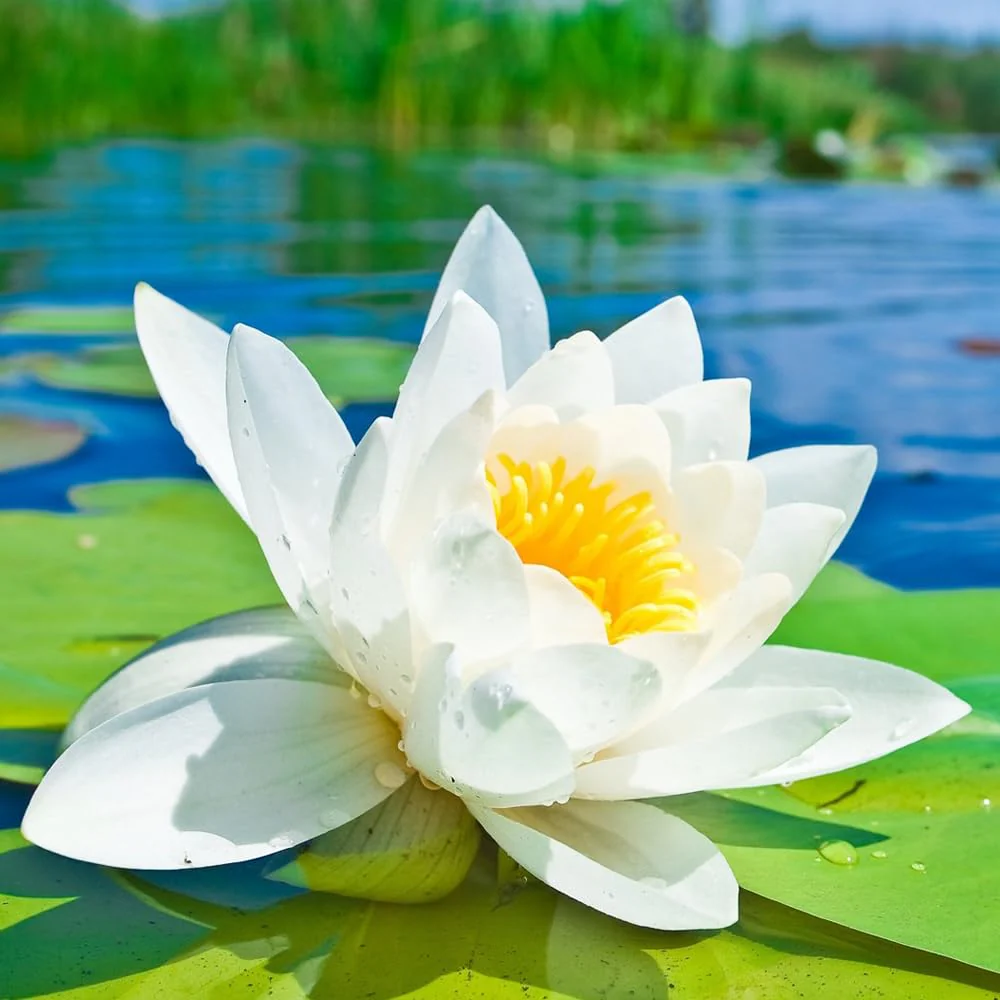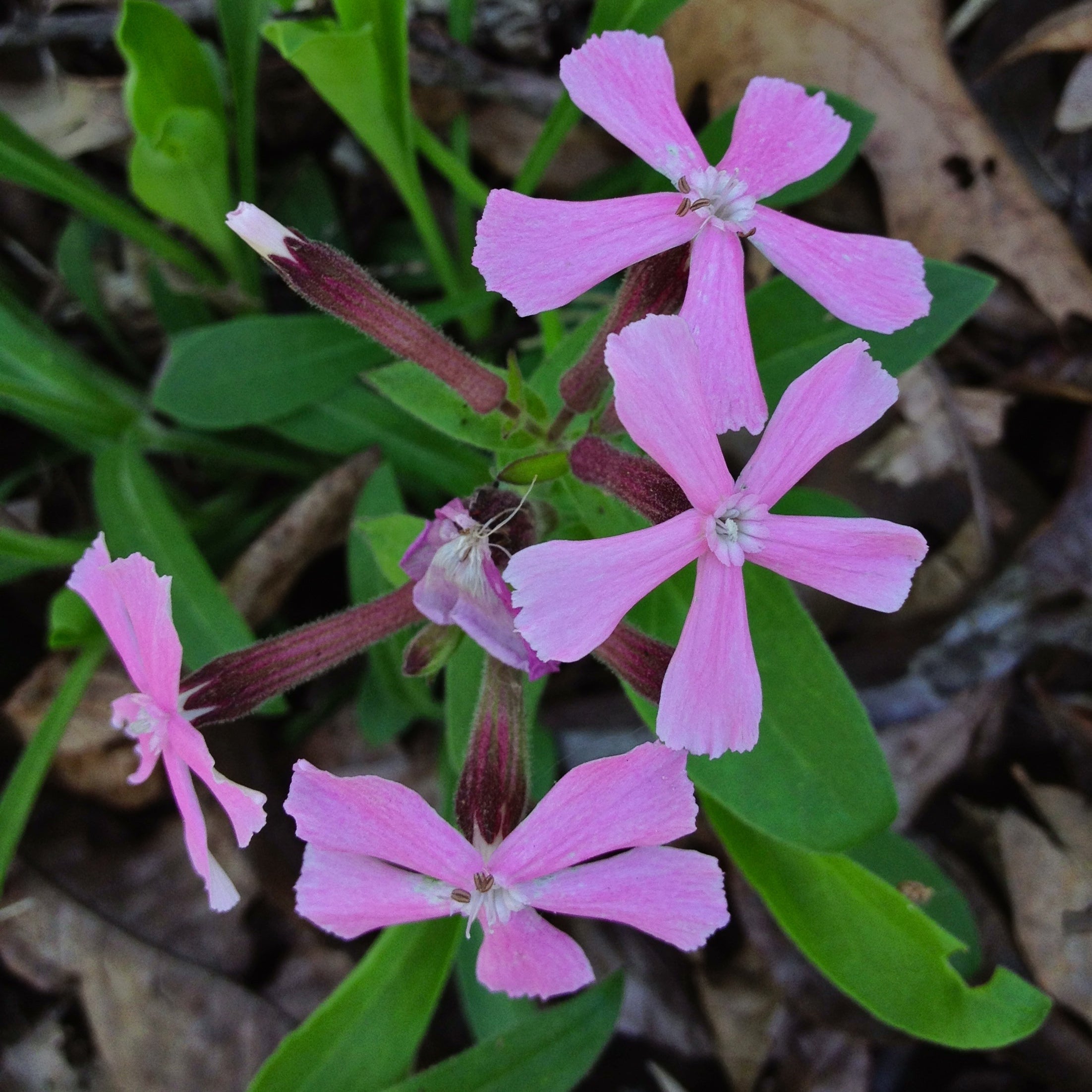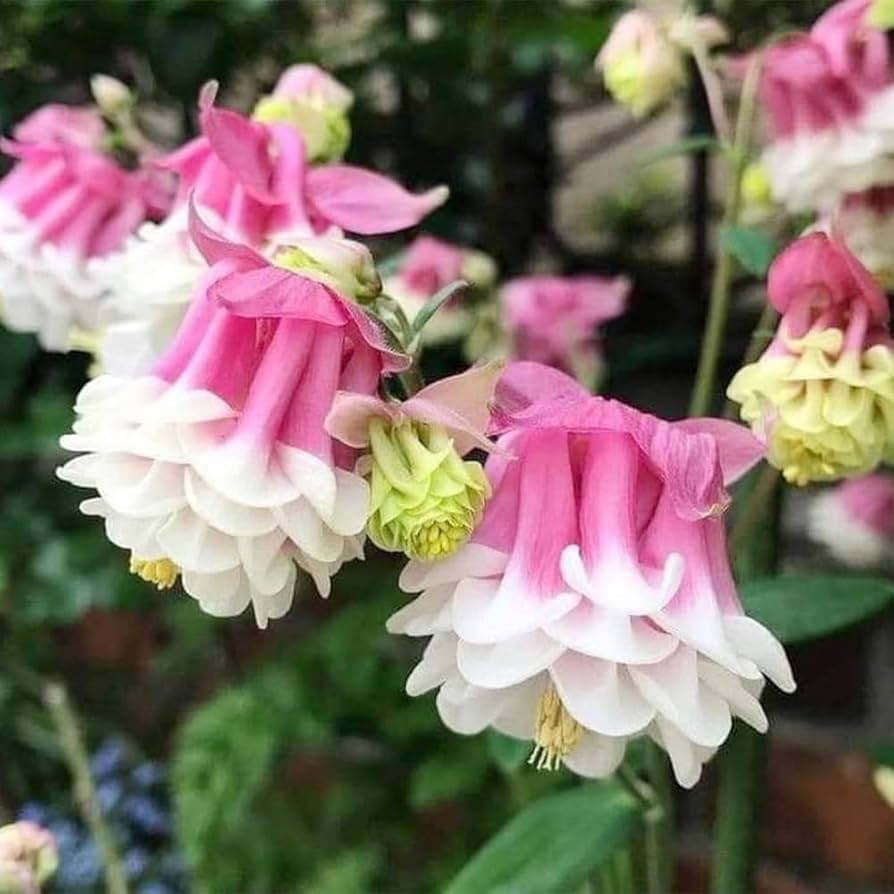About Spicebush
Spicebush (Lindera benzoin) is a deciduous shrub known for its fragrant flowers, aromatic leaves, and bright red berries. Native to North America, it thrives in woodland gardens, offering both beauty and practicality. The plant is valued not only for its landscape appeal but also for its medicinal uses—its leaves, berries, and bark have been traditionally used to treat various ailments. Spicebush is easy to grow, low-maintenance, and attracts pollinators like bees and butterflies.
At Pureasiaseeds.com we offer premium Spicebush seeds, allowing you to grow this aromatic, hardy shrub in your garden.

Why Grow Spicebush?
There are many reasons to consider growing Spicebush:
-
Fragrant flowers and leaves: The yellow flowers in spring and aromatic leaves add both scent and beauty to your garden.
-
Pollinator-friendly: Attracts bees, butterflies, and other beneficial insects, contributing to a healthy garden ecosystem.
-
Medicinal benefits: The leaves, berries, and bark have been used in traditional remedies for digestive issues, coughs, and fevers.
-
Low-maintenance: Spicebush is relatively easy to grow and tolerates a wide range of soil conditions.
-
Wildlife-friendly: The berries provide food for birds and other wildlife in the late summer and fall.
When to Plant Spicebush
-
Optimal season: Plant Spicebush seeds in spring after the last frost, or in early fall when the temperatures are cooler.
-
Germination: Seeds may require stratification (cold treatment) for 2–3 months before planting to break dormancy.
-
Growing period: Spicebush is a slow-growing shrub that reaches its full size in 3–5 years but will begin producing flowers in the second year.
Where to Grow Spicebush
Spicebush thrives in:
-
Partial shade to full sun: Prefers dappled sunlight or morning sun, especially in hotter climates.
-
Moist, well-draining soil: Prefers loamy, slightly acidic soil that retains moisture.
-
Woodland gardens: This plant is naturally found in wooded areas, making it perfect for shaded garden corners or naturalized landscapes.
-
Cold hardiness: It grows well in USDA hardiness zones 4–9, tolerating cold winters and moderate summers.
How to Grow Spicebush

-
Seed preparation: To break dormancy, place Spicebush seeds in a plastic bag with moist sand or peat and refrigerate for 2–3 months before planting.
-
Planting: After stratification, plant seeds 1 inch deep in well-prepared soil, spacing them 18–24 inches apart to allow for future growth.
-
Watering: Keep soil moist, especially during the germination period and early growth stages. Once established, Spicebush is somewhat drought-tolerant.
-
Fertilizing: Apply organic compost or a slow-release fertilizer in the spring to boost growth and flower production.
-
Mulching: Apply a layer of mulch to retain moisture and keep the roots cool during summer.
How to Care for Spicebush
-
Watering: Regular watering is necessary during the plant’s early years. Spicebush is more drought-tolerant once established but will thrive with consistent moisture.
-
Pruning: Prune in late winter or early spring to remove any dead wood or to shape the plant for aesthetic purposes.
-
Pest control: Spicebush is generally resistant to pests but may be susceptible to spider mites or aphids. Treat infestations with organic insecticidal soap.
-
Winter care: Mulch around the base in colder regions to protect the roots from extreme winter temperatures.
Companion Plants for Spicebush
Spicebush pairs well with:
-
Ferns: Ideal for shady areas, ferns complement the woodland appearance of Spicebush.
-
Wildflowers: Attracts pollinators like bees and butterflies, so it pairs beautifully with native wildflowers.
-
Solomon’s Seal: Works well in the shade and benefits from similar soil and moisture conditions.
-
Azaleas and Rhododendrons: Thrive in the same moist, acidic conditions, and create a beautiful woodland garden.
Harvesting and Medicinal Uses of Spicebush
-
Berries: The bright red berries ripen in late summer and can be used in jams, jellies, or made into herbal teas.
-
Leaves and bark: Can be used in traditional herbal remedies to treat digestive issues, fevers, and inflammation. Always consult with a professional before using any plant for medicinal purposes.
-
Flowering: Spicebush flowers bloom in early spring, adding fragrance to your garden.
Final Thoughts on Spicebush

Spicebush is a low-maintenance, aromatic shrub that provides beauty, wildlife value, and medicinal uses. Whether grown for its fragrant flowers, red berries, or pollinator-friendly qualities, it’s a fantastic addition to woodland gardens, shade gardens, or natural landscapes.
At Pureasiaseeds.com we offer premium Spicebush seeds to help you grow this beautiful, hardy shrub in your garden. Add Lindera benzoin to your garden and enjoy the benefits of aromatic flowers and edible berries all season long!








